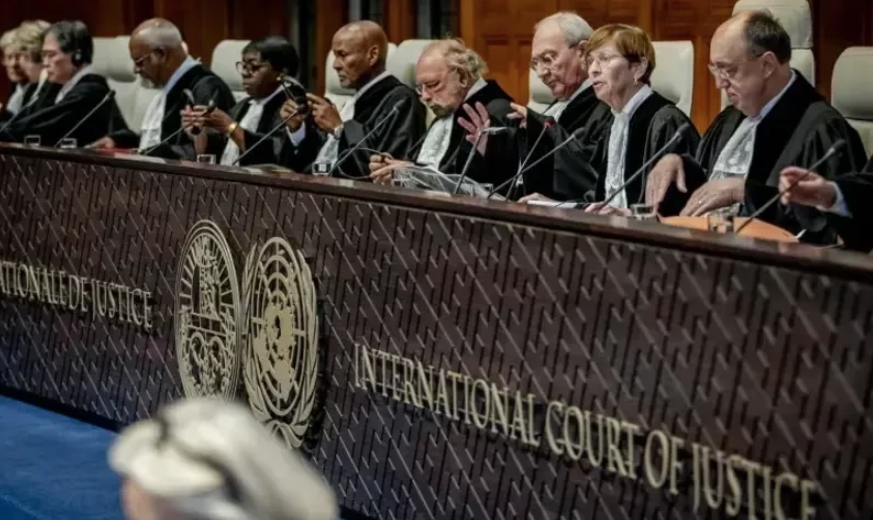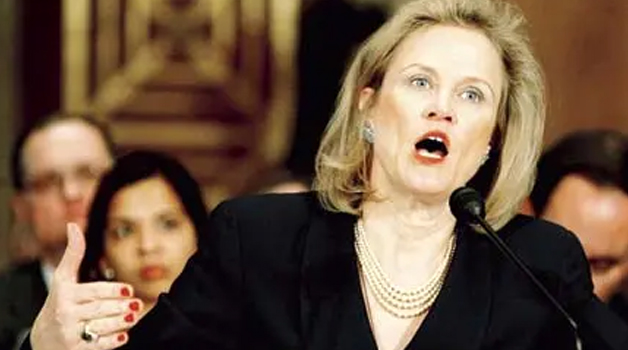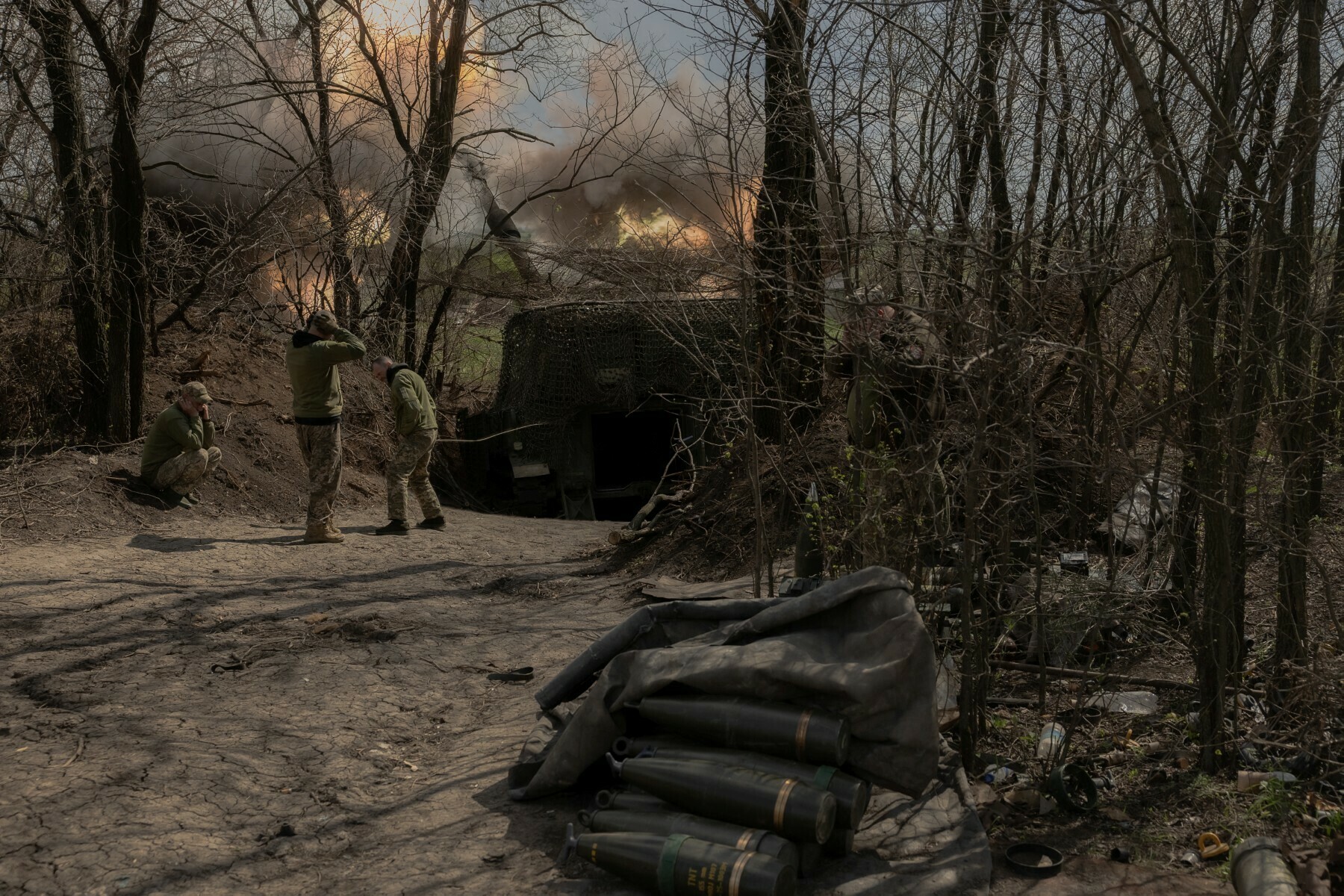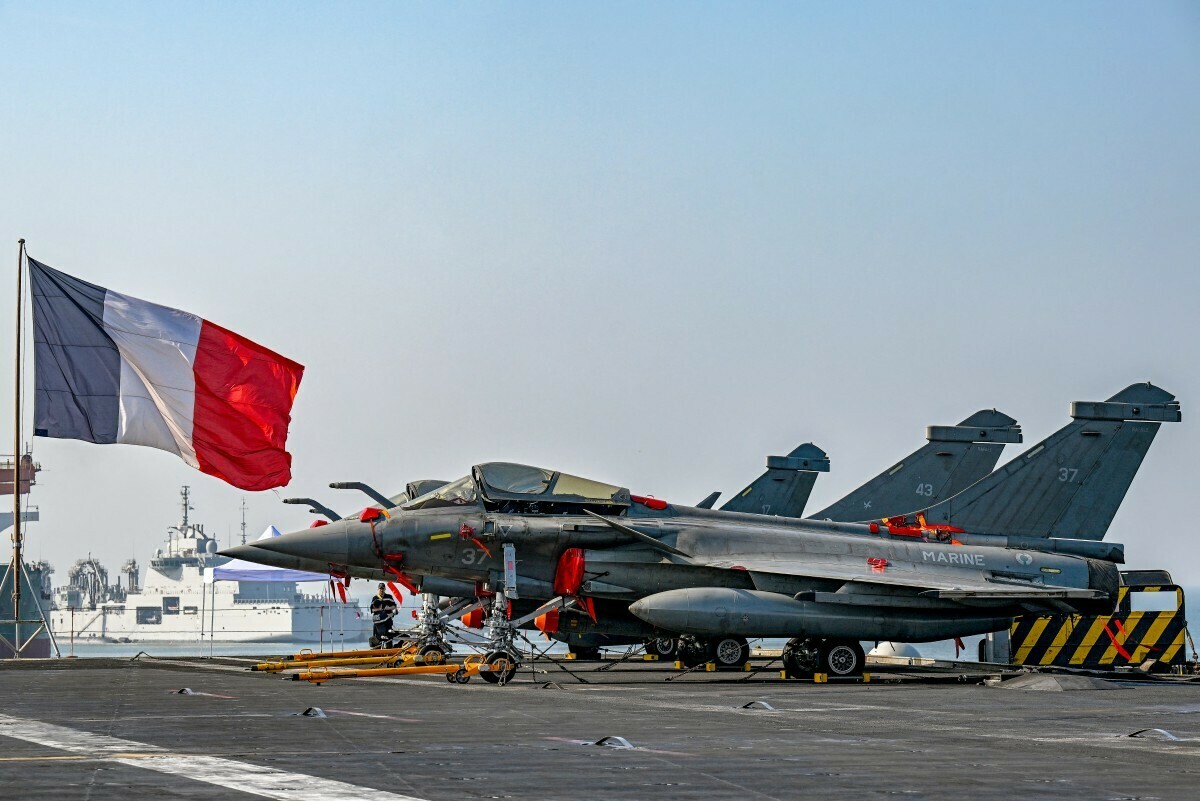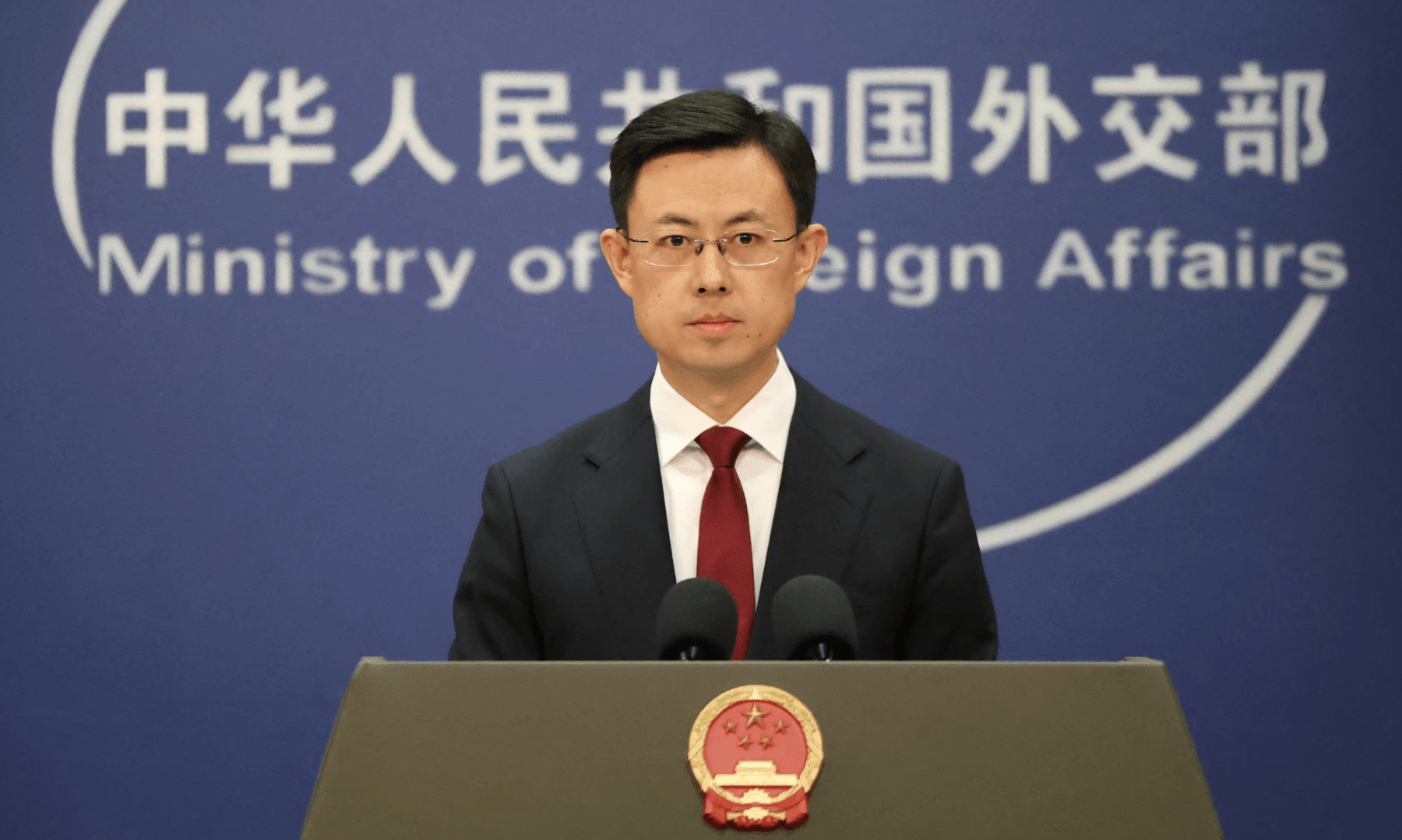WORLD NEWS
Trump and Putin Share Desire to See Zelenskyy Gone, but Ukraine’s Election Faces Major Hurdles Amid War
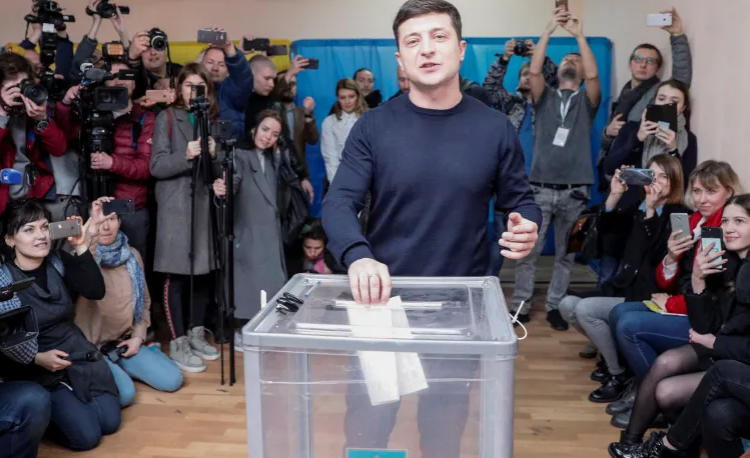
Trump claimed that Zelenskyy’s approval rating had dropped to a mere 4 percent. Just five days later, Putin echoed Trump's sentiment, stating that Zelenskyy’s political rival, Valerii Zaluzhnyi, had a higher approval rating, calling him the only figure who could potentially defeat Zelenskyy in a presidential race.
However, these claims about Zelenskyy’s popularity seem to be inaccurate. According to a poll conducted by the Kyiv International Institute of Sociology, Zelenskyy’s approval rating has actually risen, from 52 percent in December to 57 percent in February, despite ongoing political tensions. However, the same poll revealed that 37 percent of Ukrainians do not trust Zelenskyy, citing concerns over corruption, freedom of speech, and his decision to fire Zaluzhnyi in February 2024.
Zaluzhnyi: Ukraine’s Potential Political Challenger
General Valerii Zaluzhnyi, the former head of Ukraine’s armed forces, currently enjoys a significant 62 percent approval rating, far higher than Zelenskyy’s. While Zaluzhnyi has denied any intentions to run for president during the ongoing war, his popularity continues to soar. Despite his public persona as a military leader, Zaluzhnyi’s political maneuvering follows a similar path to Zelenskyy’s 2019 presidential victory – remaining relatively silent on political matters and keeping his social media presence minimal.
Zaluzhnyi’s refusal to challenge Zelenskyy now is consistent with his focus on Ukraine’s national security during the war. However, his popularity and leadership credentials have made him a potential rival when Ukraine’s political landscape stabilizes after the war.
Zelenskyy’s Rivals and Challenges
Meanwhile, Yulia Tymoshenko, a former prime minister and leader of the Batkivshchyna Party, and Petro Poroshenko, Zelenskyy’s predecessor, remain politically active but far less popular. Tymoshenko has only 10.6 percent approval, and Poroshenko stands at 17 percent. Despite their lower ratings, both have been in discussions with Trump’s aides, raising questions about the future of Ukrainian leadership.
However, the Ukrainian constitution prevents elections from taking place during martial law, making a presidential race virtually impossible for the foreseeable future. Ukraine’s elections cannot proceed without a significant logistical overhaul, as 700,000 servicemen would need to be demobilized to vote, which is highly unlikely given the ongoing war.
The Impossibility of Elections During War
Zelenskyy’s martial law remains in place, and holding elections during the conflict would be both practically and legally challenging. Key hurdles include the lack of safe polling stations, the destruction of infrastructure, and the inability to guarantee the security of international monitors.
Even if a ceasefire were to be signed, the election could only happen 90 days after martial law is lifted. However, with Ukraine’s population significantly altered by displacement, the logistics of a fair election would be monumental. Diia, Ukraine's mobile app used for government services, has struggled with glitches, highlighting the tech infrastructure challenges for an online vote.
The Road to a Ceasefire and Post-War Elections
While there is a growing push for a ceasefire, the situation remains fluid. Putin continues to propose new conditions for a Trump-endorsed 30-day ceasefire, though Russia's ongoing shelling poses a significant threat to the viability of elections. Additionally, the destruction of polling infrastructure and the potential safety risks of voting in a warzone further complicate the process.
What Lies Ahead?
Ukraine’s Servant of the People party insists that elections will only take place six months after martial law is lifted, but for now, the political future of Zelenskyy remains uncertain. While both Trump and Putin may want to see Zelenskyy gone, the reality of holding a fair and safe election under current circumstances is far more complicated.
